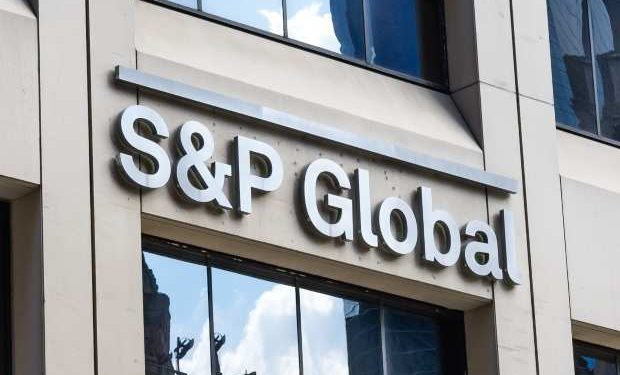On February 24, 2023, S&P Global Ratings, a Global Ratings Agency, revised its outlook on Kenya to negative from stable recorded in March 2021. However, S&P Global Ratings affirmed Kenya’s long- and short-term foreign and local currency sovereign credit ratings at ‘B’.
Credit rating is used by sovereign wealth funds, pension funds, and other investors to gauge the creditworthiness of a country. This in turn has a big impact on the country’s borrowing costs.
The agency has attributed this outlook mainly to Kenya’s adverse debt servicing capacity challenges given that Kenya has had constrained access to the international capital market.
The National Treasury halted plans to issue a Eurobond in 2022 on the back of high yields in the international market, which imply an elevated cost of borrowing.
Read: Konza City To Host IASP Global Conference
This has seen Kenya rely on its foreign exchange reserves to service external debt. This refinancing risk puts pressure on the domestic market to carry the bulk of budget deficit financing.
Kenya’s Forex Reserves currently stand at USD 6.9 bn, equivalent to 3.8 months of import cover, below the statutory requirement of 4.0 and the East African Community Statutory requirement of 4.5 months.
S&P Global rating forecasts that Kenya will manage to service its debt in 2023, but faces key concerns and challenges in 2024, with the USD 2.0 bn Eurobond issued in 2014 set to mature in June.
Read: We Expect A Continued Depreciation Of The Shilling-Cytonn Report
Further, the agency highlighted the recent underperformance in the domestic bond market citing the February 2023 issuance in which the government achieved only 30% of its target, attributable to investors holding out for higher interest rates as they continue to attach a higher premium to compensate for the perceived risks on the economy.
On the bright side, S&P Global highlights the commitment to fiscal consolidation as one of the upsides, with the fiscal deficit as a % of GDP expected to average 5.7%, compared to the current 8.2%.
The agency also expects the concessional financing coming from multilateral and bilateral lenders such as the IMF and the World Bank to continue cushioning the Government as tax collection lags behind the targets.
Additionally, the Current account balance (difference between exports and imports) as a % of the Gross Domestic Product is expected to narrow to a deficit of 4.7% from the current 4.9% on the account of easing energy prices and recovering tourism receipts.
Notably, the agency’s report shows a growing concern that developing nations have high exposure to external debt and will struggle to refinance maturing issuances due to the high-interest rate demands being put forward by potential lenders.
This negative rating is likely to increase the cost of borrowing in the International Market as investors will price their risks higher and demand higher yields. Kenya can recover to normal by ensuring austerity measures to cut down on the budget deficit hence lowering the need for excessive borrowing and mitigating a possible debt crisis.
Email your news TIPS to editor@thesharpdaily.com


















